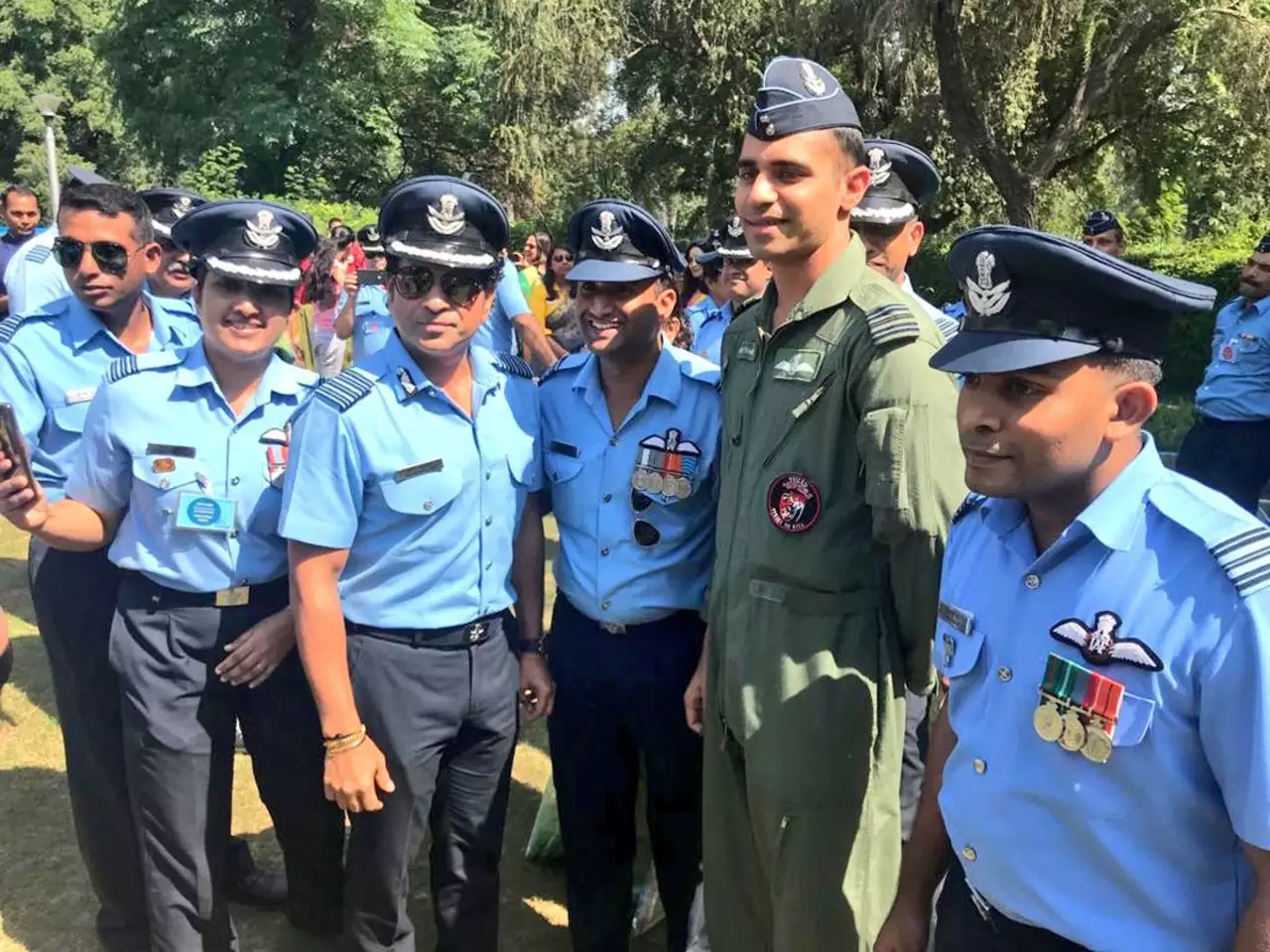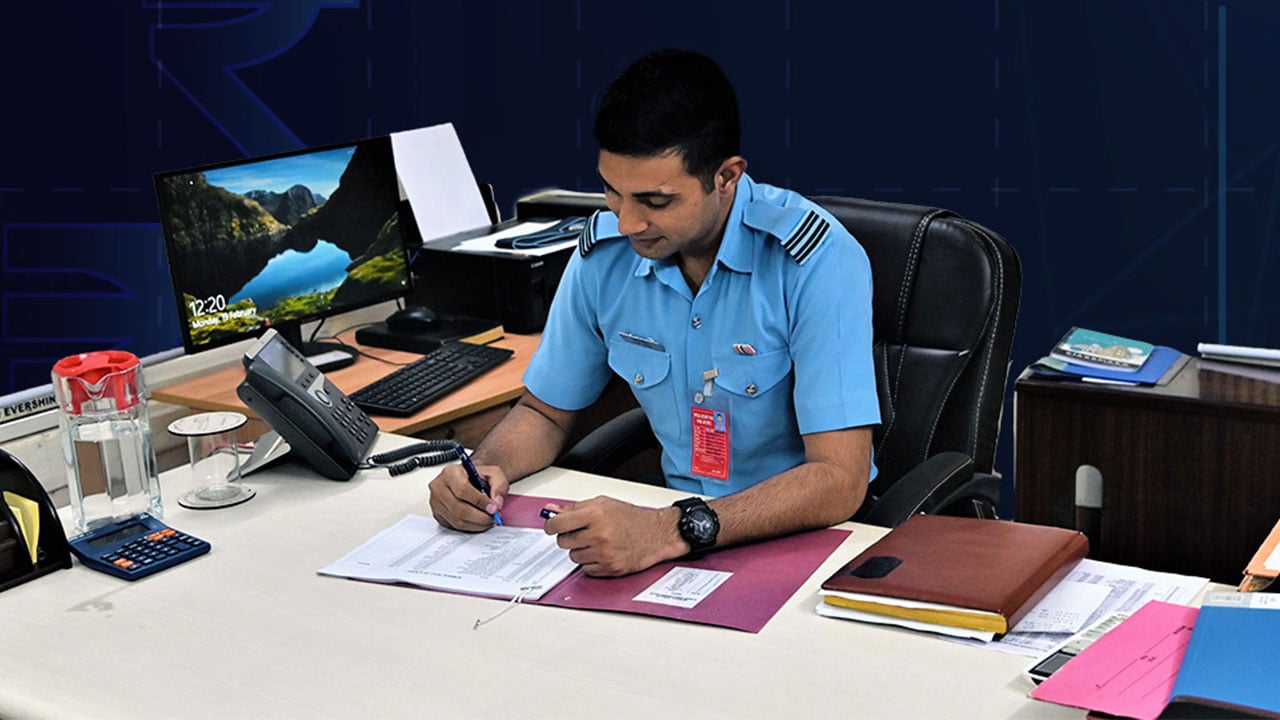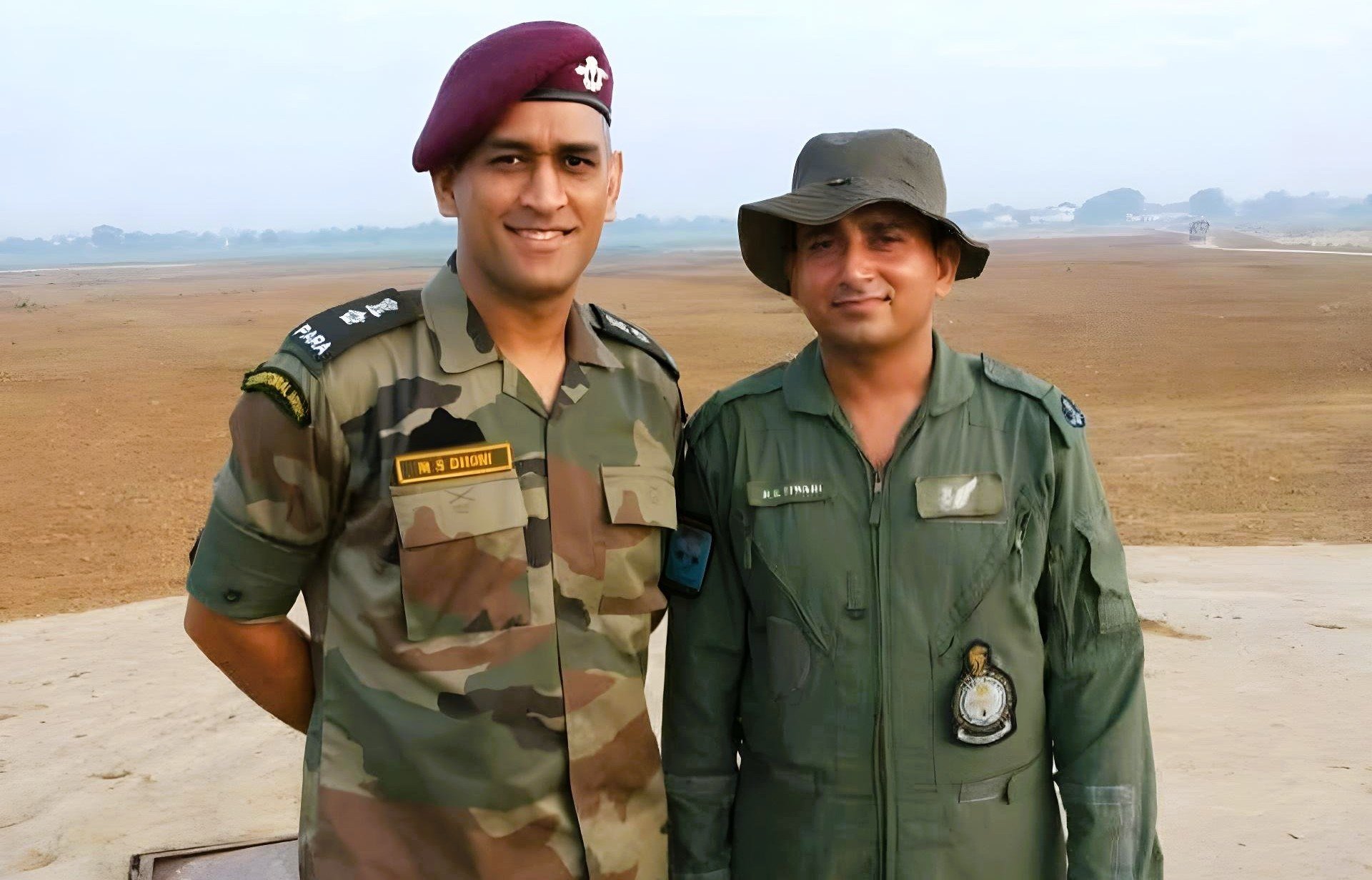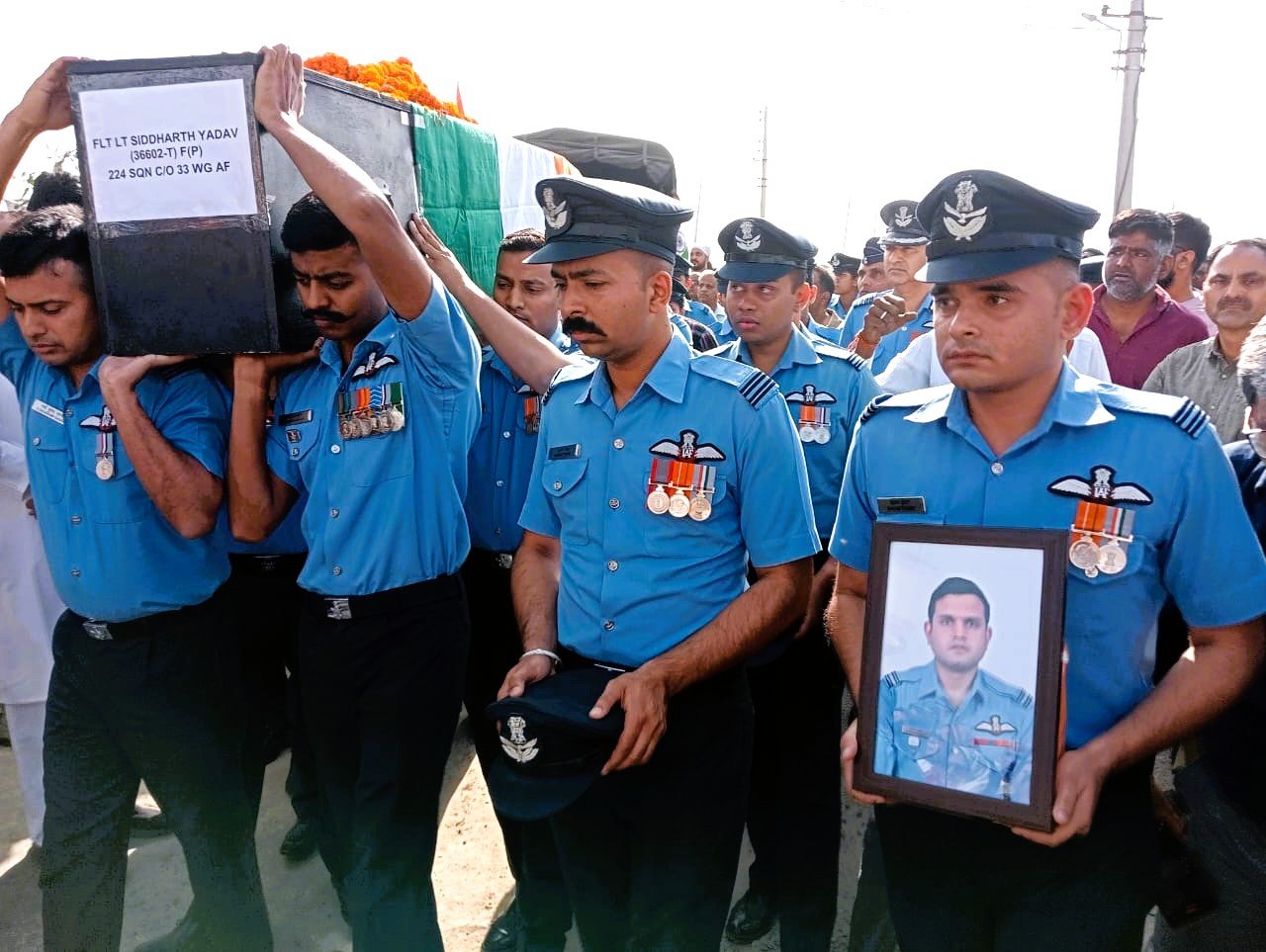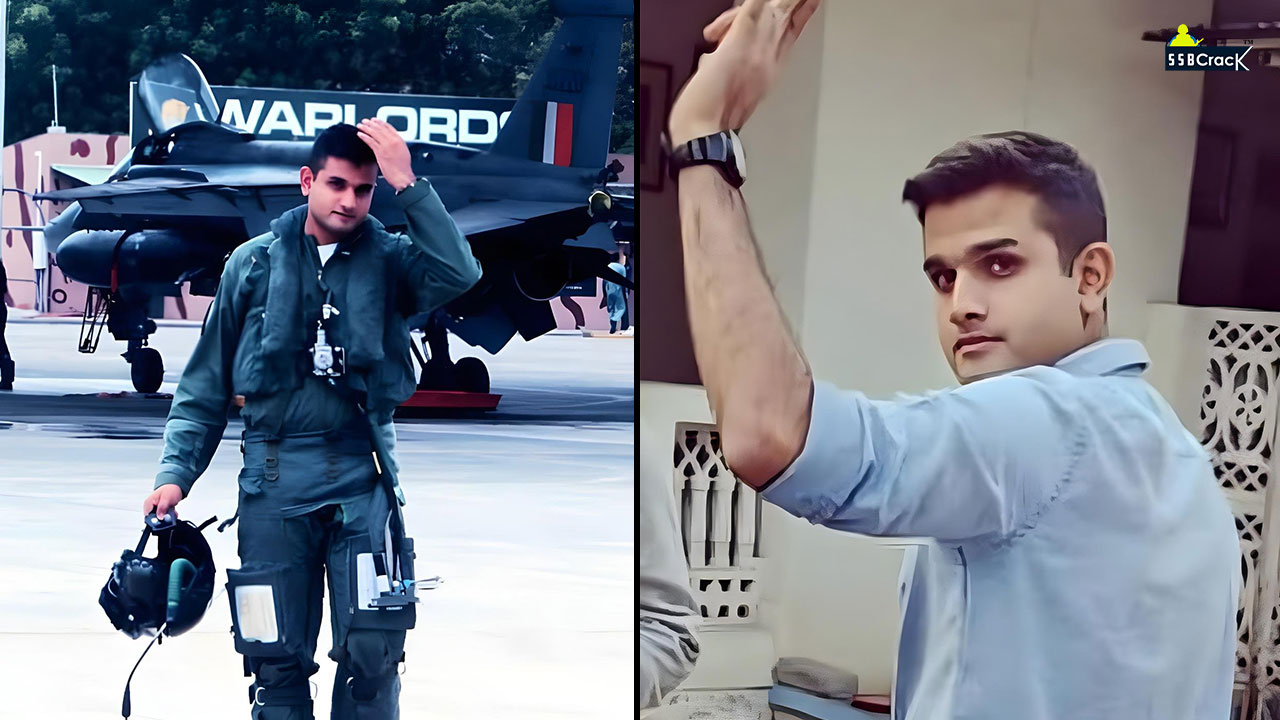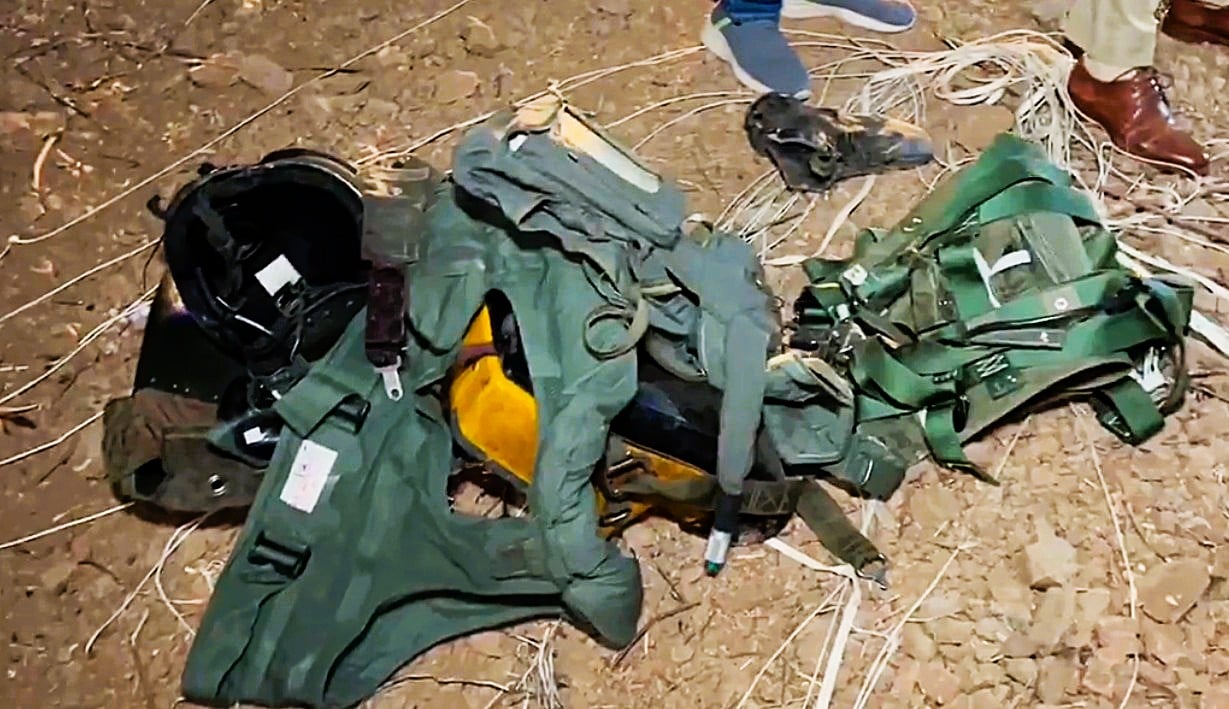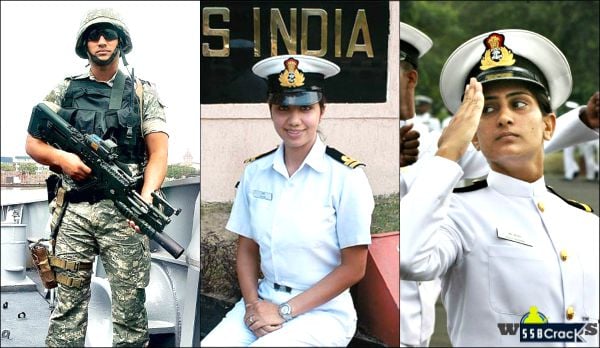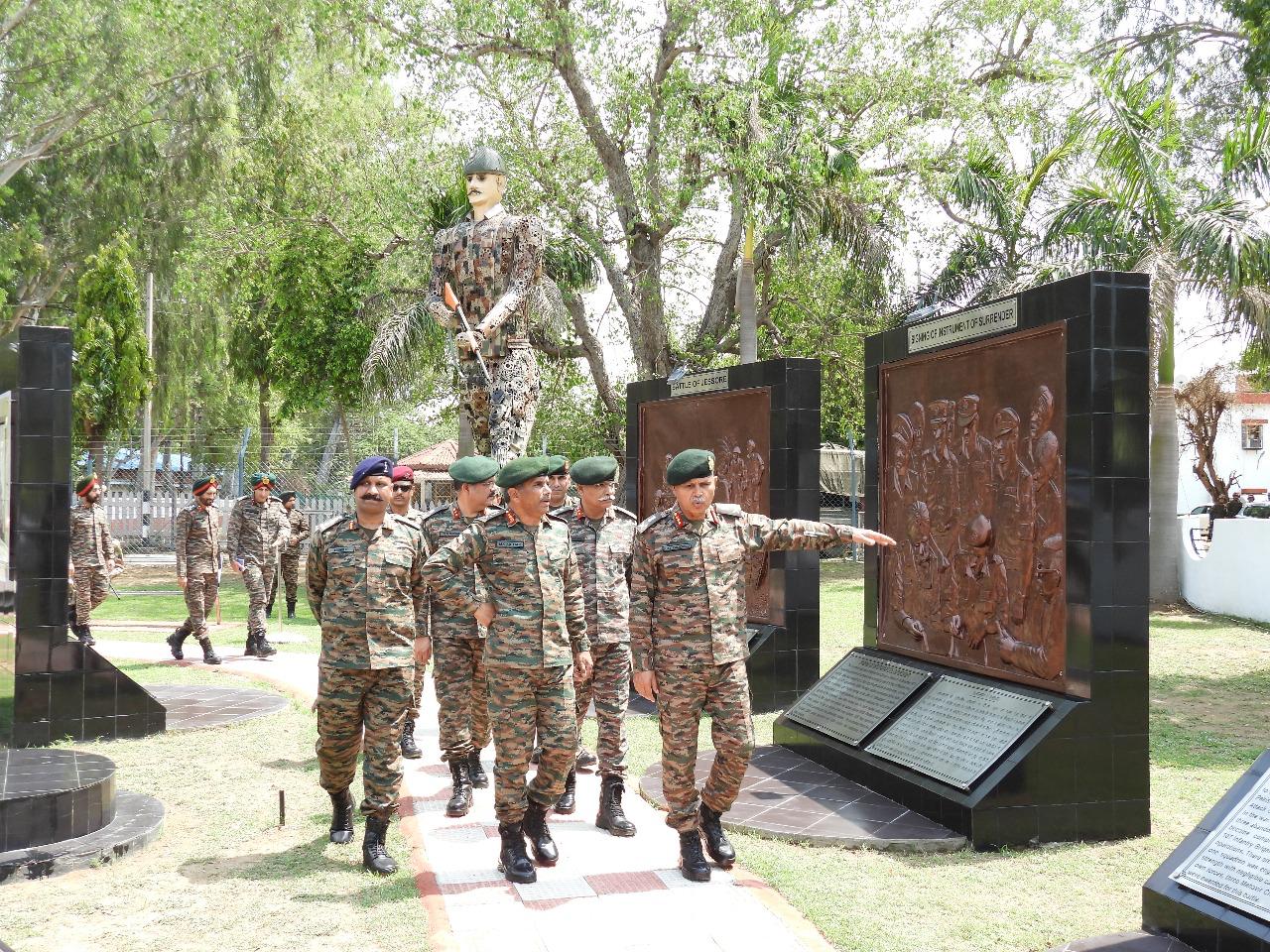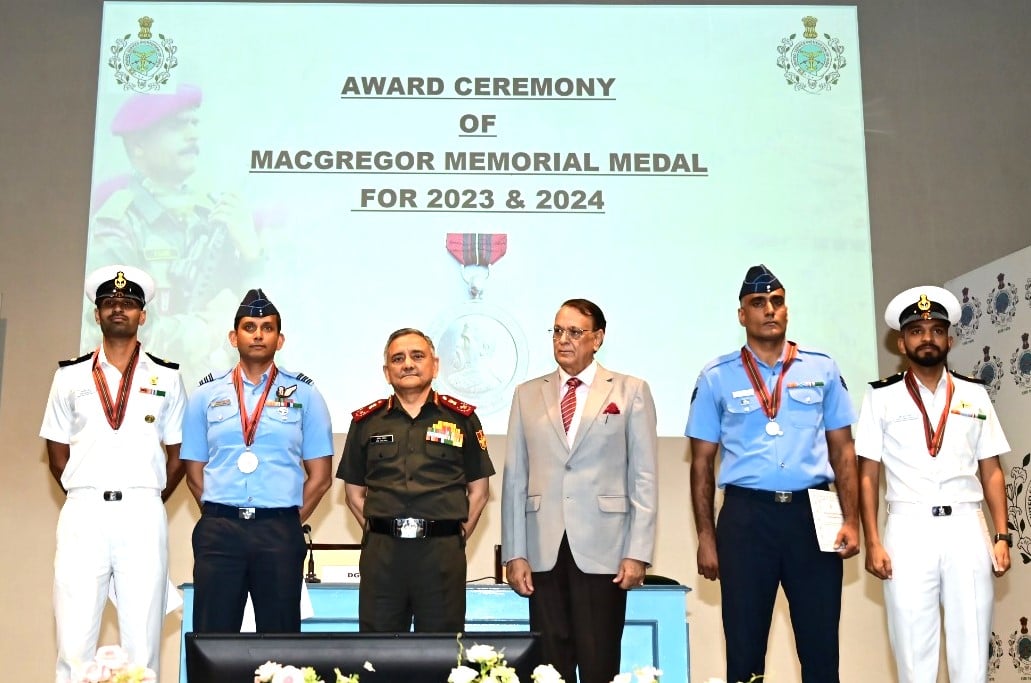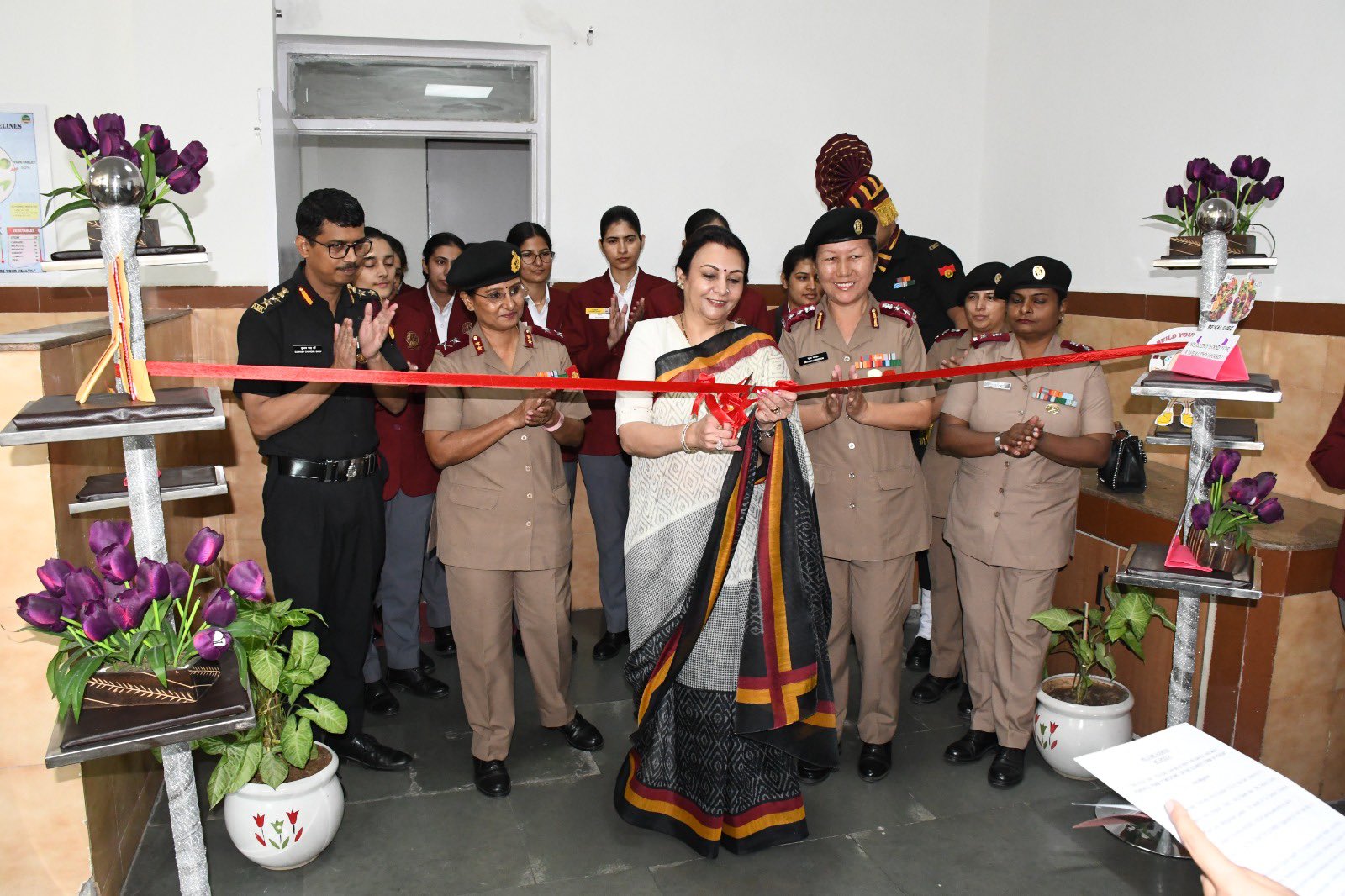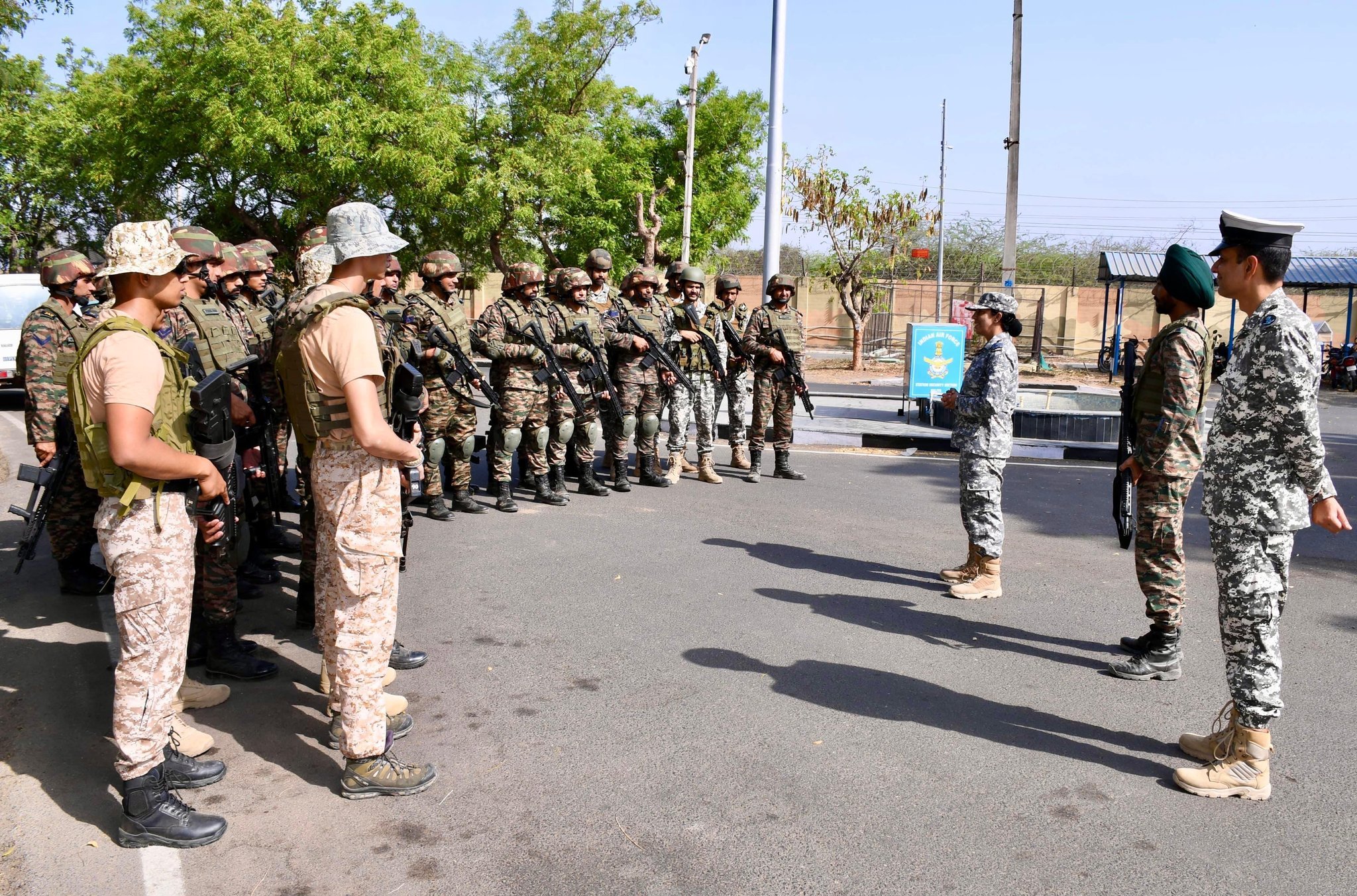Hello, Warriors! Nirmaljit Singh Sekhon was born on 17 July 1943 at Rurka Isewal village in Ludhiana District. He was the son of Warrant Officer Hon. Flight Lieutenant Trilok Singh Sekhon of the Indian Air Force. As any normal Sikh child, he was raised with the virtue of gallantry and sacrifice by his parents.
Flying Officer Nirmal Jit Singh Sekhon was an officer of the Indian Air Force and the posthumous recipient of the only Param Vir Chakra awarded to an Indian Air Force Personnel. He was commissioned into the Indian Air Force on June 4, 1967 as a Flying Officer. His award was in recognition of his lone and fatal defence of Srinagar Air Base during an air raid during the 1971 Indo-Pak War.
MILITARY ACTION:
On 14 December 1971, Srinagar airfield was attacked by a wave of six PAF F-86 jets. Flying Officer Sekhon was on readiness duty at that time. Soon the enemy aircraft started hovering over the airfield. Straffing of various targets on the ground followed. Attempting to take-off with enemy aircraft overhead and the runway under attack was suicidal. However, Flying Officer Sekhon, unmindful of his safety, flew his Folland Gnat to engage the two attacking Sabres. In the air battle that ensued, he secured a direct hit on one Sabre and set another ablaze. The latter was seen heading away towards Rajauri, trailing smoke and flame.
The daily attacks by Sabres had caused damage to the runway but the repair gangs always ensured that the runway was never out of permanent service. So, when the Sabres of Pakistani commander Changazi, Dotani, Andrabi and Mir attacked the airfield carrying 500 lbs bombs each, Sekhon lost no time in singling out the first Sabre Pair, which was forming its original position after the bombing run. Nirmaljit’s leader Lt. Ghuman lost contact with the wingman, and therefore, Sekhon was left with six Pakistani Sabres on his tail gunning for his aircraft.
At this juncture four more Pakistani Sabres came on the scene and surrounded his aircraft. He chose to give a fight again. In the dog fight that ensued at tree-top level, he held on against the numerically superior enemy for some time. Eventually, his aircraft was hit and he was killed. But Flying Officer Sekhon had achieved his objective. The Pakistani aircraft fled from the scene of the battle, without pressing home, the intended attack on Srinagar airfield and its surrounding areas. The bravery, flying skill and determination displayed by Flying Officer Sekhon, earned him the highest wartime gallantry medal, Param Vir Chakra. His skill was later praised in an article by Salim Baig Mirza, the pilot who shot him down.
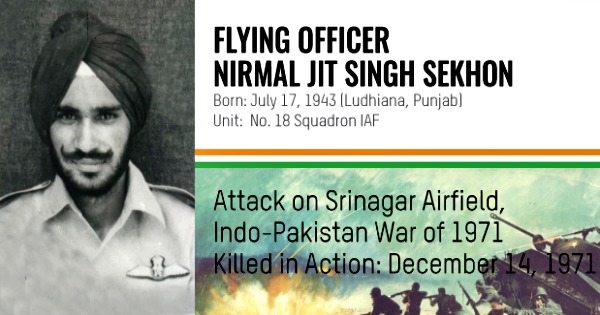
The PVC citation of Flg Ofr Nirmal Jit Singh Sekhon read:
“Flying Officer Nirmal Jit Singh Sekhon was a pilot of a Gnat detachment based at Srinagar for the air defence of the valley against Pakistani air attacks. In accordance with the international agreement dating back to 1948, no air defence aircraft were based at Sirinagar, until the outbreak of hostilities with Pakistan. Flying Officer Sekhon was, therefore, unfamiliar with the terrain and was not acclimatised to the altitude of Srinagar, especially with the bitter cold and biting winds of the Kashmir winter. Nevertheless, from the outset of the war, he and his colleagues fought successive waves of intruding Pakistani aircraft with valour and determination, maintaining the high reputation of the Gnat aircraft. On 14th December 1971, Srinagar Airfield was attached by a wave of six enemy Sabre aircraft. Flying Officer Sekhon was on readiness duty at the time. However, he could not take off at once because of the clouds of dust raised by another aircraft which had just taken off. By the time the runway was fit for take-off, no fewer than six enemy aircraft were overhead, and strafing of the airfield was in progress. Nevertheless, inspite of the mortal danger of attempting to take off during an attack, and inspite of the odds against him, Flying Officer Sekhon took off and immediately engaged a pair of the attacking Sabres. In the fight that followed, at tree top height, he all but held his own, but was eventually overcome by sheer weight of numbers. His aircraft crashed and he was killed. In thus, sacrificing himself for the defence of Srinagar, Flying Officer Sekhon achieved his object, for the enemy aircraft fled from the scene of the battle without pressing home their attack against the town and the airfield. The sublime heroism, supreme gallantry, filying skill and determination, above and beyond th call of duty, displayed by Flying Officer Sekhon in the face of certain death, set new heights to Air Force traditions.”




